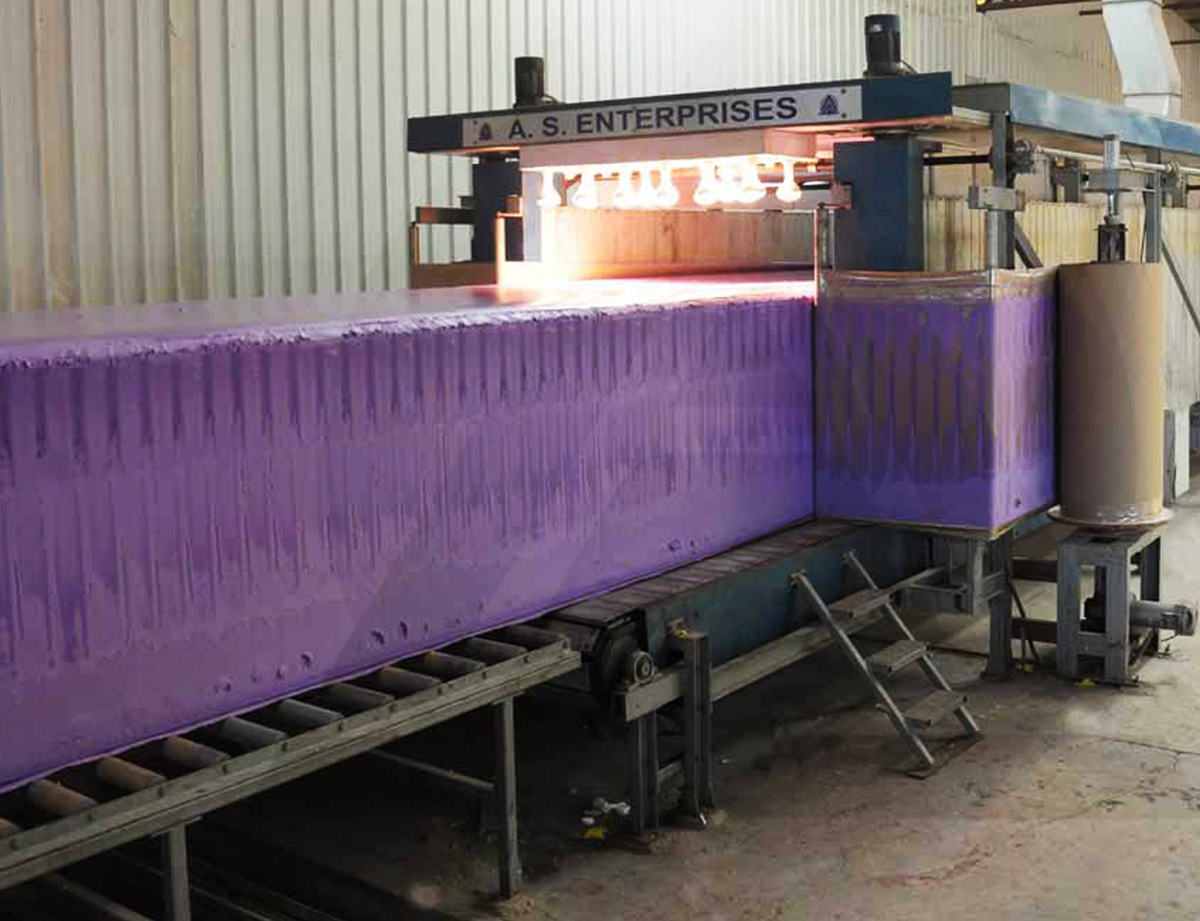Advanced technology leads to an advanced world. Foam, seemingly a tiny invention, is actually one of the most major innovations of the 21st century. Want to know how foam is made and where it is used? Keep reading.
How is Foam Fabricated?
Most batch foam making machines and other such sorts use various methods to build foam. The difference in engineering is what gives foam different physical characteristics. Here are some methods of making foam:
Lamination
This means adding an additional layer of Tedlar, Tyvec, or Mylar that increases the resistance of foam from dust, oil, abrasion, and dust.
Flame lamination
In this process, an additional layer of fabric or other barrier material is added to the foam without using any adhesive.
CNC machines
Foams can also be created using CNC machines which build complex holes in closed cells.
Water jet cutting
Each type of rigid foam is cut in this method and given certain computer-generated patterns. The complex shapes are formed without causing damage to the foam.
Kiss Cutting
In this method, foam is cut in certain sizes so that it can be rolled on a non-stick liner.
Laser Die Cutting
Adhesive, as well as non-adhesive foams, are cut up to a tolerance level of ±0.005.
Hot-wire Cutting
In this method, all types of foams are cut in basic batch foam machines to give complex shapes.
Thermoforming
Another advanced method that designs foam into complex shapes using high temperature.
Slitting
A convenient method of cutting foam as well as foam tapes into precise widths.
Where are Foams Used?
Foams have multiple uses. Here is a list of ways in which foam is used in industries based on their properties.
Acoustic
Foam makes an excellent insulator when it comes to forming an isolator or a barrier in between two sources such as people and noise. This is why foams make such an efficient asset for headphones by diffusing sound.
Aerospace
Foam is light and this is why it is relevant in aircrafts. Moreover, with its thermal insulation and noise cancellation properties, it can be quite efficient. In certain aircrafts, there is a risk of potentially lethal vapors created through fuel surging. This is minimized using foams.
Construction
As an insulator, foam is useful as a core material in panels, blocks, and columns.
Automotive
You can see foams being used in car construction. Check out the window seals, acoustical insulations, seat cushions, and body panels made of foam. It is also great at shock absorption and to dampen vibration.
Electronics
You can find foam in ESD/static control, RFI shielding, and many other electrical insulations. The main reason behind this is that foam is that it acts as a thermal barrier. Ever seen RTV foams? They are perfect examples with encapsulation properties.
Flirtation
Foam built of open cells is good filters for air and liquids. The flow rate is determined by the size of the pores.
Industrial
One of the best properties of foam is shock absorption. This is why PU foam machines use foam to make tools, foundry, and various mold patterns.
Shipbuilding
Used for life jackets, seals, insulation, fuel baffling, panels, and many more, foam works efficiently in shipbuilding.
Medicine
Wound care and filtration can be cured using foams. It also helps in patient monitoring as well as support.
Packaging
Your online orders sometimes come with foam intact. This is because the protective qualities of foam help in absorbing mechanical energy.

